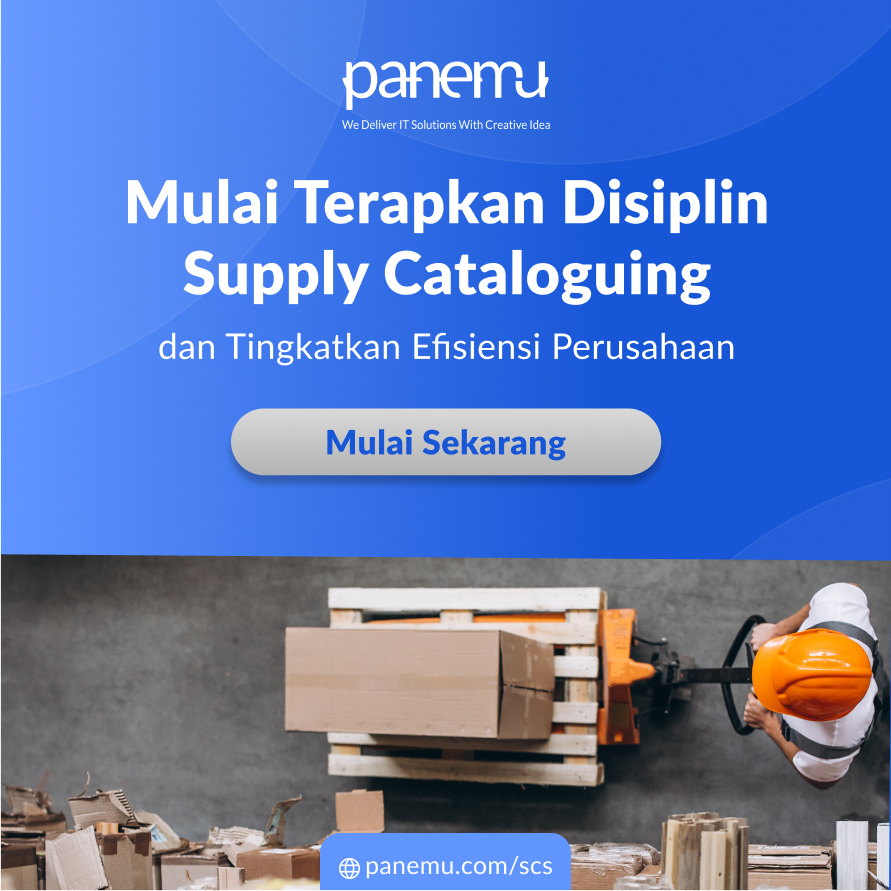The Silent Profit Drain No One Talks About
Every operational leader understands the frustration of delays, inefficiencies, and unnecessary costs. But what if I told you that a significant portion of your company’s financial leakage comes from something as seemingly simple as poor cataloguing?
Disorganized material master data, duplicated inventory, and inconsistent asset records create a ripple effect that not only affects operational flow but also your bottom line. The real question is: how much revenue are you silently losing every quarter due to poor cataloguing practices?
If you’ve ever faced prolonged downtime, excessive procurement costs, or regulatory compliance headaches, then it’s time to take a closer look at how cataloguing optimization can transform your business.
What Is Cataloguing? A Critical Yet Overlooked Business Process
Cataloguing is the systematic process of creating, managing, and organizing data for products and materials to ensure easy identification, retrieval, and utilization. In MRO (Maintenance, Repair, and Overhaul) and Inventory Asset Management, proper cataloguing ensures that all components, spare parts, and critical assets are consistently recorded, classified, and structured within an enterprise’s ERP system.
Without a standardized cataloguing approach, businesses face a chaotic asset registry, leading to stock redundancies, misplaced materials, and increased procurement costs.
Key Components of Effective Cataloguing:
- Standardization: Ensuring uniform naming conventions and categorization.
- Data Cleansing: Eliminating duplicate, outdated, or incorrect entries.
- Taxonomy Implementation: Creating a structured classification system.
- Interoperability: Ensuring compatibility across different departments and software.
- Automation & AI Integration: Leveraging technology to maintain real-time data accuracy.
The Hidden Pitfalls of Poor Cataloguing
1. Escalating Operational Costs
Duplicate stock records often lead to unnecessary repurchasing, overstocking, or even emergency procurement at premium costs. Organizations with poor cataloguing can see procurement costs inflate by up to 15% annually due to redundant purchases and inefficient inventory management (Source: Aberdeen Group Report on Inventory Optimization).
2. Downtime and Production Delays
Misplaced or inaccurately recorded spare parts contribute to extended maintenance times, directly impacting operational uptime. A single missing part can halt production for hours or days, costing thousands—if not millions—per incident.
3. Compliance & Audit Risks
Regulatory bodies require precise asset tracking and reporting. Poor cataloguing not only jeopardizes compliance but can also lead to heavy penalties or contract disputes due to inaccurate asset documentation.
4. ERP System Inefficiencies
ERP systems rely on structured data. Without well-organized cataloguing, these systems become cluttered with incorrect, duplicated, or fragmented records, reducing efficiency and leading to poor decision-making.
The Business Case for Implementing Structured Cataloguing
Imagine an operation where every asset, spare part, and material is precisely catalogued, reducing procurement time, cutting costs, and ensuring real-time asset visibility. Companies that invest in proper cataloguing have reported:
- 30% reduction in procurement expenses through eliminating duplicate purchases.
- 25% decrease in maintenance downtime due to improved part traceability.
- Greater financial accuracy with streamlined audit trails and compliance reporting.
Real-World Impact: The Transformation After Cataloguing Optimization
A leading manufacturing firm faced recurring production delays due to missing parts. After implementing structured cataloguing with AI-driven automation, they achieved:
- 90% data accuracy improvement in their inventory records.
- Faster procurement cycles, reducing emergency purchases by 40%.
- Seamless ERP integration, allowing real-time tracking across global facilities.
The result? Not just cost savings—but operational peace of mind.
Final Thoughts: Reclaiming Control & Profitability
Your business thrives on efficiency, accuracy, and control. Poor cataloguing is an invisible profit drain—until it isn’t. Whether you're looking to optimize inventory, enhance asset tracking, or improve compliance, the solution is clear: structured cataloguing is not an option, but a necessity.
Investing in cataloguing optimization means fewer financial losses, seamless operations, and—most importantly—peace of mind knowing your enterprise is running at its full potential.
Are you ready to take control of your asset data and unlock untapped profit? The next move is yours.

